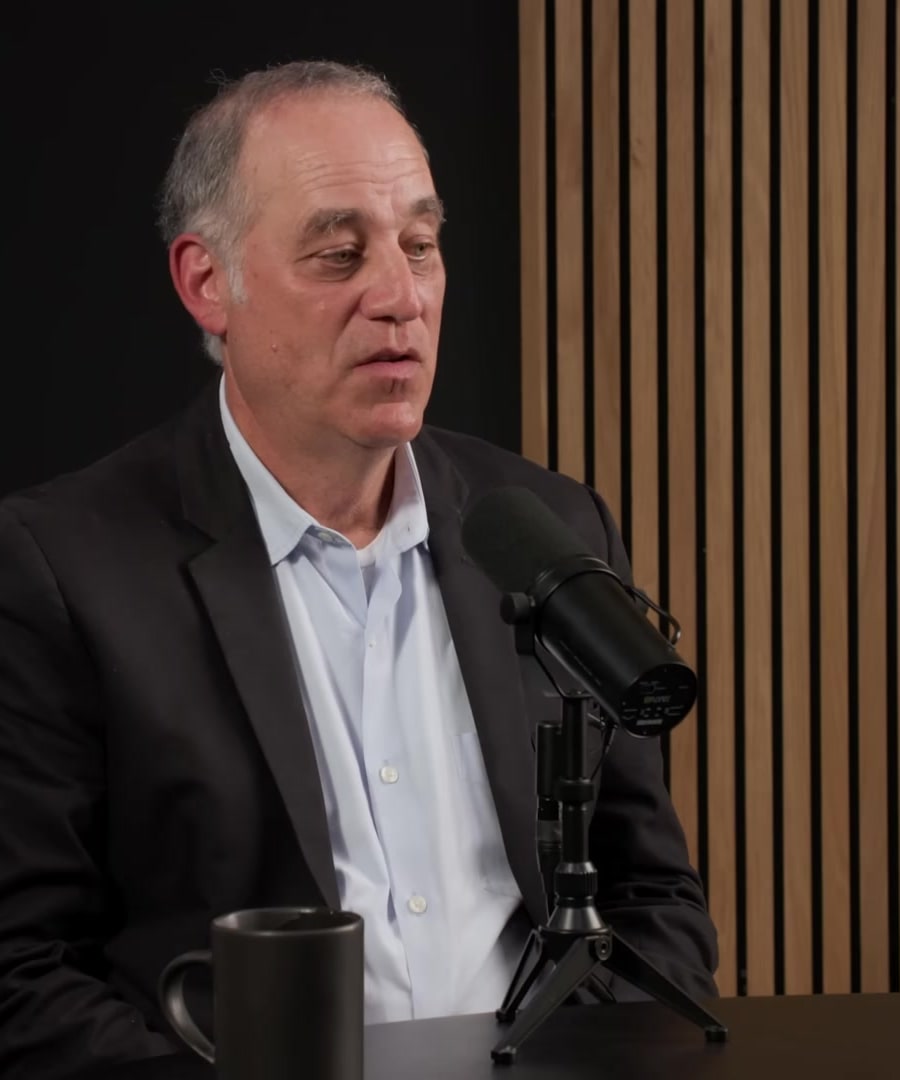What is semaglutide
Sources:
Semaglutide is a medication that primarily targets the GLP-1 (glucagon-like peptide-1) pathway. It is used to treat type 2 diabetes and obesity. Semaglutide works centrally, mostly in the hypothalamus of the brain, to suppress appetite and reduce body weight, but also has peripheral effects such as increasing insulin sensitivity. It is effective at promoting weight loss, although some patients may lose muscle along with fat and experience side effects like nausea due to its action on gut mechanoreceptors. It typically requires gradual dosing up to about 1-2 milligrams weekly, and long-term use may be necessary to maintain weight loss 1 2.
Semaglutide is an example of a GLP-1 agonist, which leads to the release of more GLP-1, inhibiting feeding and reducing appetite by stimulating mechanosensors in the gut and affecting neurons in the hypothalamus 3 4. There is a next generation of GLP-1 agonists being developed that may preserve weight loss even after the medication is stopped, which would impact how the medication is used in the long term 5.
Prescription drugs like Semaglutide should only be used under medical supervision due to their potent effects and the potential for side effects 6.
RELATED QUESTIONSWhat is glp-1
Sources:
Glucagon-like peptide-1, or GLP-1, is a hormone that is integral to regulating appetite and insulin secretion. It is made by neurons in the gut as well as in the brain and has several effects, but most notably, it suppresses appetite and inhibits feeding. GLP-1 reduces hunger by activating certain neurons in the hypothalamus, which is the brain region controlling hunger and satiety, and acts on the gut to make you feel full, even without gut distension. Therefore, it sends parallel satiety signals to the brain both from the gut and directly within the brain itself 1 2.
GLP-1 agonists, like semaglutide, are medications that stimulate the GLP-1 pathway and are used to treat conditions like type 2 diabetes and obesity by reducing appetite and promoting weight loss 3. This hormone and its related pathways play significant roles in bodily functions that connect our diet, energy regulation, and brain activity.
Natural sources, such as yerba mate tea, have been shown to stimulate the release of GLP-1, which can help manage blood sugar levels and function as an appetite suppressant 4. Additionally, certain foods and a ketogenic diet may increase GLP-1 levels 3. However, for those who require additional support, prescription drugs that are GLP-1 agonists can be used under medical supervision to supplement their GLP-1 activity 5.
RELATED QUESTIONSParkinson’s
Sources:
Parkinson’s
Sources:
Parkinson's disease is characterized by a deficiency in dopamine function, typically because of degradation within dopaminergic neurons. Effective treatments include Levodopa (L-DOPA) or drugs like bromocriptine that increase dopamine levels. Parkinson's is not just a movement disorder but also affects mood 1.
Dopamine synthesis originates from amino acids in food. L-tyrosine, particularly present in meats and nuts, serves as a precursor for dopamine. Although dopamine neurons reside in the brain, not the gut, they are crucial for motivation and can be impaired in Parkinson's disease, leading to tremors and a blunted affect 2.
In the case of Parkinson's patients, when neurons in the subthalamic nucleus are stimulated during surgery, their tremors can be disrupted and alleviated. This is a clear example of how targeting specific brain regions with a precise approach can dramatically improve symptoms 3.
A tragic incident in the 1980s involving opioid addicts consuming a substance called MPTP instead of MPPP led to irreversible Parkinsonian symptoms. This tragic case highlights the serious impact that dopamine dysfunction can have on movement and motivation 4.
Patients with Parkinson's disease might experience severe depression, and there are neurological reasons for this comorbidity. Parkinson's involves the loss of dopamine neurons in the midbrain, contributing to both movement issues and depression. This requires a team approach from neurologists and psychiatrists to manage different aspects of the disease 5.
RELATED QUESTIONSWhat are the current treatment options for Parkinson's disease?
Sources:
Current treatment options for Parkinson's disease primarily involve medications that help manage symptoms, particularly those aimed at increasing dopamine levels, as dopamine deficiency is a key factor in the disease.
One of the most well-known treatments is Levodopa (L-DOPA), which is a precursor to dopamine and can cross the blood-brain barrier to increase dopamine synthesis in the brain. However, initially, it was difficult for patients to tolerate high doses due to peripheral metabolism of the drug. This issue was mitigated with the development of Carbidopa (combined with levodopa in a medication known as Sinemet), which inhibits the breakdown of levodopa in the periphery, allowing more to reach the brain and reducing side effects 1.
Other medications include dopamine agonists like bromocriptine, which directly stimulate dopamine receptors. It's worth noting that dopamine agonists can vary in their effects depending on which specific pathways and receptors they activate 2.
It's also important to recognize that the progression and treatment of Parkinson's disease are multifaceted, often necessitating multidisciplinary management beyond pharmacological interventions, including lifestyle adjustments and potentially neurological consultations for deep brain stimulation procedures 1.
RELATED QUESTIONS
What is semaglutide
- RELATED QUESTIONS
What is glp-1
- RELATED QUESTIONS
Parkinson’s
Parkinson’s
- RELATED QUESTIONS
What are the current treatment options for Parkinson's disease?
- RELATED QUESTIONS














